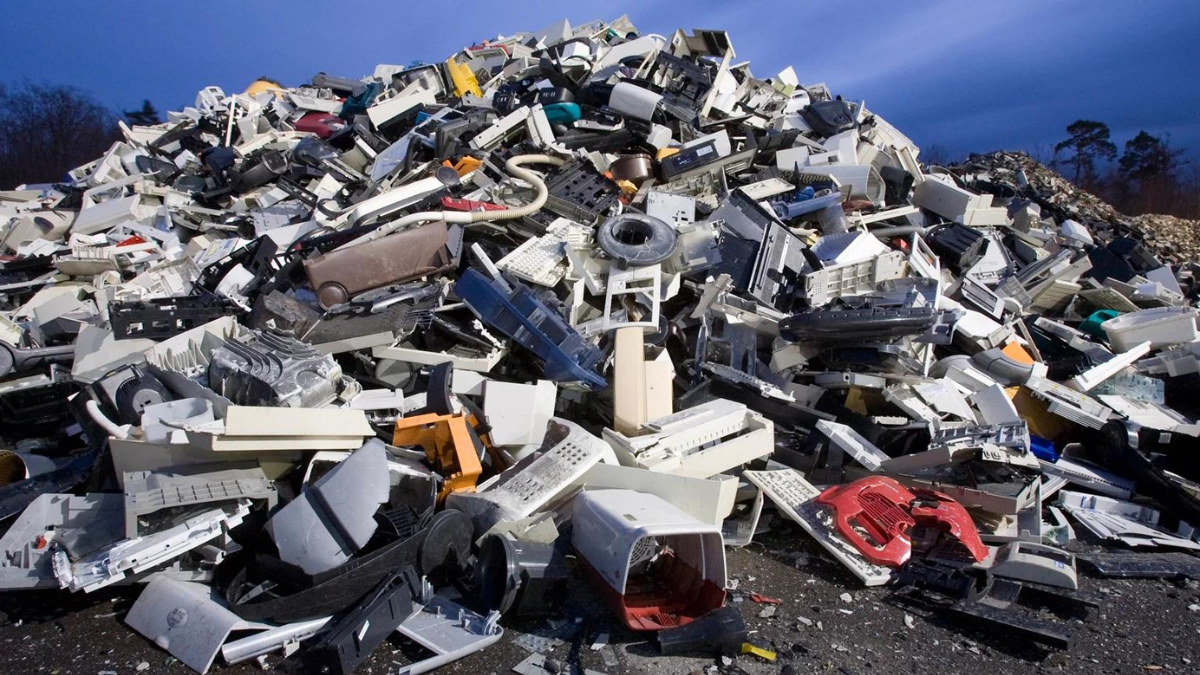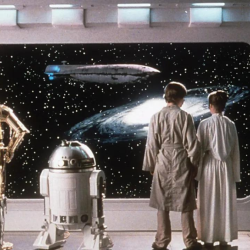It began with a lightbulb, even though it was not a particularly brilliant idea
In the 1920s, an international consortium of manufacturers, known as the Phoebus cartel, plotted to reduece the lifespan of lightbulbs. Prior to that decade, the average bulb lasted about 2,500 hours; however, the cartel wanted to cut that in half. This marked the first documented case of planned obsolescence. And whilst it may be a century old, its fundamental principle remains remarkably relevant: increase sales by decreasing product durability.
Today, an overwhelming majority of products are designed with the intention of being disposed of. This aligns with the take-make-waste system, also referred to as the linear economy, defined by the Ellen MacArthur Foundation as a model ‘where resources are extracted to make products that eventually end up as waste and are thrown away’.
Consider a smartphone: a significant number of these devices have batteries that are glued in, meaning that in cases of battery degradation, repairing is not a viable option. From the outset, their design is aimed at having to replace the entire smartphone. And even in situations where repairing is feasible, such as a cracked screen, consumers are commonly discouraged from pursuing it due to the perceived ‘cost-effectiveness’ of purchasing a new device.
But after the ‘make’ comes the ‘waste’
According to data from the UK Parliament, the Waste Electrical sector collected around 505,445 tonnes of electronic and electrical equipment in 2019, equating to over 23 kilograms of e-waste per person. The government noted that ‘159,000 bikes, 12,000 playground swings, and 5 million life-saving defibrillators could be made from the old laptops currently hoarded across the UK’.
‘Products and materials are generally not used to their full potential in a linear economy (…). It is a polluting system that degrades natural systems and is the driver of global challenges, including climate change and biodiversity loss.’ As explained by the Ellen MacArthur Foundation, manufacturers and consumers do not see value in waste. Rather than continuously reshaping the materials that are already in circulation, the tendency is to consign them to landfill and extract new resources. However, this system is inevitably bound for failure: raw materials are limited, and landfills are polluting our soils and freshwater sources. (I said in the beginning that this was not a brilliant idea.) So, how can we put purpose back into our purchases?
First, consumers must advocate for their right to repair
With over 100 members from 21 countries, the Right to Repair coalition champions a set of regulations aimed at policymakers to halt planned obsolescence. From endorsing ‘good design’ principles to ‘universal and fair access to spare parts, repair manuals, and diagnostic tools’, their goal is to eliminate any obstacles that hinder consumers from extending the lifespan of their products.
Certain instances may require legal action. The tech giant Apple has faced accusations of planned obsolescence practices in countries such as the UK, France, and Chile, the latter resulting in a settlement of over 3 million dollars to be paid to Chilean consumers. In the UK, the lawsuit initiated by Justin Gutmann, concerning the smartphones’ batteries, could potentially lead to a settlement of 2 billion dollars.
Finally, governments are also addressing the repercussions of planned obsolescence through legislation. Since January 2021, France requires that a selection of electronic and household products displays a repairability index, as a measure to ‘combat waste and promoting the circular economy’. Items like smartphones, laptops, and vacuums are assessed across five categories (documentation, disassembly capability, component availability and pricing, and product specifics), and assigned a rating on a scale from 0 to 10. Lightbulbs do not yet fall under French legislation but, considering that it has taken us a century to get here, it seems reasonable to wait a few more years.
Featured image: mikebiddle / Unsplash
































